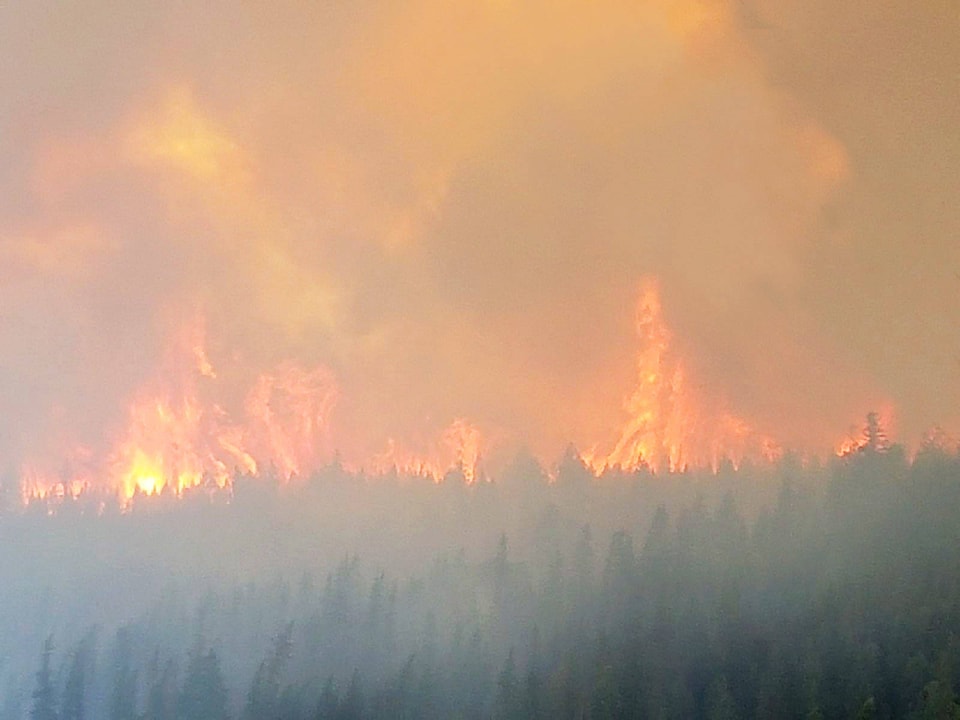The Megafires film and power point presentation at the Gibraltar Room on Nov. 30 sponsored by the South Cariboo Sustainability Society and Cariboo Chilcotin Conservation Society provided some encouraging options for what started as a very dismal forecast of short and long term impact of mega fires.
More controlled burns (producing some smoke) are needed to deal with decades of fuel accumulation in the forests.
The fire scientists tell us if we don’t change our forest management practices we will be faced with much more smoke from mega fires along with potential loss of life and forest resources.
The evening started with a 60 minute film by Paul Hessburg who provided photos and documents that showed how our historically diverse forests have become homogenized and overloaded with dry, unproductive under stories.
Harvesting practices along with fire prevention activities have reduced industrial timber, recreation and wildlife values and created a fuel base which encourages mega fires.
Read More: Restoring forestry in B.C.
Repeated wildfires on stands before they reach maturity can impact all values for decades to come. Mr. Hessburg’s discussion was mostly focused on the north west United States but he also discussed the Fort MacMurry fire and pointed out how the principles applied to many countries with warming trends due to climate changes.
Huge firefighting costs for mega fires are multiplied many times by long-term costs related to impacts on human health, soil erosion, ecosystem restoration and losses in biodiversity.
Following the film a power point presentation by Bob Gray focused the discussion on the 2017 mega fires in this province. Thanks to Kristi Iverson from 100 Mile who arranged for Bob to attend the sessions in 100 Mile House and here.
His presence was invaluable in answering questions following his presentation and also provided an introduction to the white paper that he coauthored.
The paper authored by Lori Daniels, Robert Gray and Philip Burton was supported by over 30 scientists and elected officials was sent to premier Horgan and Minister of Forests Donaldson.
The eight-page document provided a good history of how we got to the precarious state of our forest management and more importantly offered 46 specific recommendations for avoiding a dismal future for the provinces forests.
In this province, as pointed out in the white paper, the $1.82 billion dollar direct firefighting costs in the last decade could be two to 32 times that in the indirect costs.
The authors also point out that only 288 million were spent on preventive wildfire management, forest enhancement and ecological restoration while 17 billion was spent on seismic upgrades for mitigating potential earthquakes.
I encourage everyone to get a copy of the white paper and view the short version of Mr. Hessburgs film available as a 15 minute version on one of the TED talks. We must all understand that doing nothing is not an option.
First get informed then keep the pressure on our elected officials and also do what we can on our own properties to make them safer from future mega fires.
Also look for a possible presentation by Mr. Hessburg here in Williams Lake in the spring.
Do you have a comment about this story? email:
editor@wltribune.com
Like us on Facebook and follow us on Twitter.
